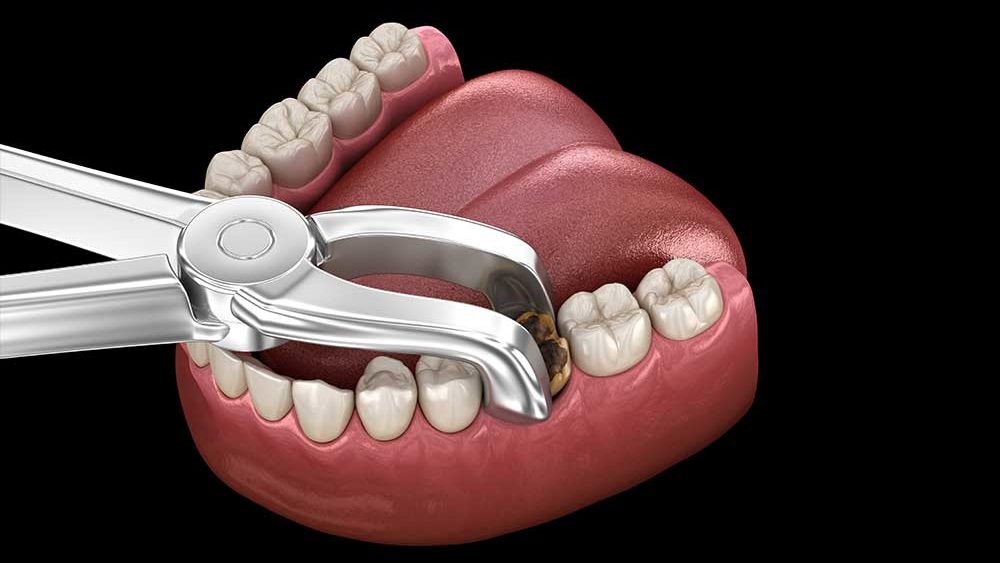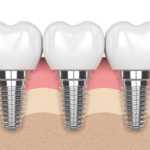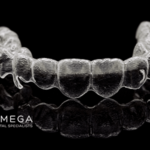Recent Posts
How To Stop Bleeding After Tooth Extraction

It is normal for your gum to continue to bleed for an hour or two after a tooth was extracted. However, if the area starts to bleed excessively, it may mean your body has a problem forming a blood clot. If that happens, contact your dentist. They can let you know if there is a problem with the site of the extraction. The dentist will do a thorough examination to determine if they need to do something to stop the bleeding. If there is no real medical reason for the bleeding, there are several things you can do to stop it. These methods are safe, effective and don’t cause you any pain.
Table of Contents
How To Stop Bleeding After Tooth Extraction
Use A Warm Tea Bag
The best way to stop bleeding after a tooth extraction is to use a warm tea bag that has black tea in it. Pressing the warm tea bag into the area from which the tooth was extracted can help to stop bleeding gums after tooth extraction. Using tea bags with black tea is a fast, safe, natural way to stop bleeding after tooth extraction. Black tea has lots of tannins and tannins are hemostatic. That means they cause the blood to coagulate, form clots and stops the bleeding. Tannins are also astringent. They cause blood vessels and body tissue to constrict and shrink together. This helps stop bleeding after tooth extraction.How To Use The Tea Bag To Stop Bleeding From Pulled Tooth
First, let the tea bag steep for two to three minutes in boiling water. Black tea is best because it has more tannin than other types of tea. Remove the tea bag from the boiling water and let it cool for a few minutes. Next, put the tea bag directly on the bleeding area of the gum. Press it on the affected area for about five minutes.Put Gauze On The Extraction Site And Bite Down On It
Another effective method dentists recommend to stop bleeding after tooth extraction is to use some pieces of gauze. Put them on the wound when the tooth extraction won t stop bleeding. Then bite down with even pressure on the gauze for about an hour. Make sure to use enough gauze to completely cover the area from which the tooth was removed. Bite down with enough pressure in order to make the bleeding stop completely. You should change the gauze about every 30 minutes until the blood starts forming clots and the bleeding stops. Not putting enough pressure can make the extraction site keep on bleeding.Yarrow, Vitamin C Powder, Zinc And Witch Hazel
There are a number of things people use in combination with the gauze to stop excess bleeding after tooth extraction. Some people have success sprinkling powder from the herb Yarrow on the extraction site. They then put the gauze on it and press down hard. An which hazel, an astringent liquid, can be poured on the gauze before placing it on the affected area. This helps stop the bleeding after tooth extraction. Sprinkling pure vitamin C powder on the extraction site before putting on the gauze can also help. Zinc lozenges can also help the blood to clog and stop the bleeding faster.Ice Cubes Wrapped In Gauze
The warm temperature inside the mouth can increase the length of time the gum bleeds after a tooth is extracted. To cool the tooth extraction site and increase the blood’s ability to clot, some people treat the area from which the tooth was removed with ice cubes wrapped in gauze. The ice cubes cool the area while the gauze prevents the ice cubes from making direct contact with the wound.Keep The Head Elevated
When some people have a tooth extracted, they take a painkiller and the medicine that the dentist recommended and go to bed. But laying your head flat can cause the site of the tooth extraction to bleed more and for a longer period of time. To stop excessive bleeding after tooth extraction, use pillows to keep the head elevated. Keep it at a level that’s higher than the body. That can play an important role in helping to reduce bleeding after tooth extraction.Ankaferd Blood Stopper
A herbal complimentary medicine hemostatic product, Ankaferd Blood Stopper helps blood to coagulate and clot very quickly. Some dentists prescribe it for some patients after a tooth extraction. It can to stop the bleeding in a very short period of time when applied directly to the extraction site. It has been safely used in Anatolia, Turkey for centuries. According to the National Institutes of Health, the medicinal herbs in Ankaferd Blood Stopper have a unique effect on blood. They make the structures in it clot very quickly.Use Aminocaproic Acid
Aminocaproic Acid is an FDA approved prescription drug for treating bleeding disorders. It prevents blood enzymes from stopping the blood from clotting. It can work wonders after a tooth extraction to stop the gum from bleeding. Available in a liquid form, Aminocaproic Acid can be poured on to a piece of gauze. The gauze should then be placed on the area of the gum where the tooth extraction was done and held in place. Bleeding should stop within about 30 minutes. If not, repeat the process every 30 minutes until the bleeding stops completely.Avoid Strenuous Activity
A common cause of bleeding after a tooth has been extracted is if the person engages in strenuous activity. Lifting heavy weights or doing strenuous household activities within 72 hours after a tooth extraction can cause excessive, prolonged bleeding. The wise course of action is to only engage in mild to moderate activity immediately after having a tooth extracted. Strenuous activity makes the heart pump harder and faster and makes it more difficult for the blood to clot. After a few days, the patient who had the tooth extracted can return to their normal activity level.Don’t Use Straws, Smoke Or Spit Excessively
After having a tooth extracted, there are many things you can do to stop the bleeding. Drinking smoothies is a great way to get the nutrients you need after having a tooth extracted. However, you should not drink it through a straw. Sucking on straws create excessive suction forces inside the mouth which can cause the extraction site to bleed. It can also create a painful condition called a dry socket. That’s when air dislodges the blood clot and has gotten in the hole where the tooth had been. Smoking or spitting excessively within 72 hours of the tooth extraction can also cause pain and bleeding.Homemade Remedies
There are a number of very effective homemade remedies people have used for centuries to stop or prevent pain and bleeding after tooth extraction. Two popular ones are:- Warm Salt Water
- Clove Oil





